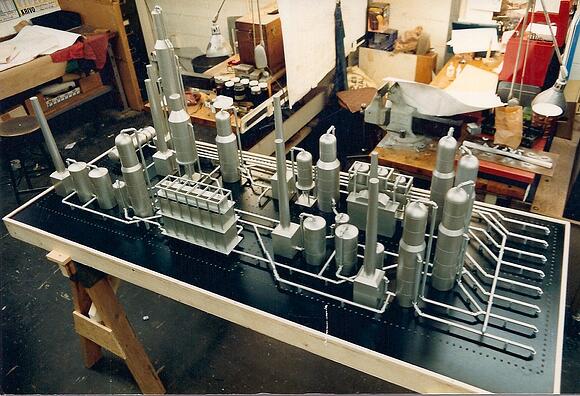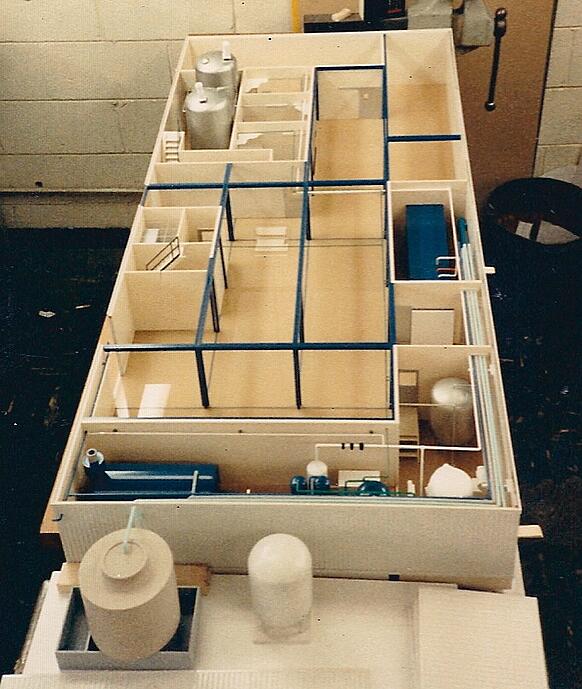Prototype models can make your product more successful at any stage of its life cycle. A prototype is a preliminary design or scale model representation of the final product. It allows your team and your customers to understand the product. You can take it to photo shoots, trade shows, or the customer's site. Below is a look at four of the advantages of using prototypes.
Preview the Final Product:
A prototype model can be an early representation of the final product, done to exact dimensions or to a larger or smaller scale. In addition, the prototype may be cutaway to showcase the internal components or have mechanical movement that demonstrates the operations of the product.
Prototypes are particularly important since they give a general picture of products that are still in development, and whose requirements are not entirely known. Until you can see and touch the prototype you often don't discover what works and what doesn't. Is it too big or too small? Will it actually work and if so how well? Do people like the look of the product in three dimensions? Can it be manufactured at an affordable cost?
A prototype enables all parties to visualize the product quickly and communicate what insights they have for the final product. You can find out if the prototype meets the requirements of potential users and then make changes before the final product is ready for production. The prototype is also the focal point for discussion with the design and engineering team. The final product is a result of the fusion of design, marketing and engineering input as well as potential user interaction with a prototype.

The first prototype at 2 times scale used to build demand at a tradeshow
Reduce the Cost of Development and Production:
Using a prototype model enables you to demonstrate the concept of your product and discover any flaws. You have the opportunity to correct these flaws, or come up with solutions for improving the product. This reduces the risk of your product failing. Hence, the cost of development and production is drastically reduced because you don't have to fix problems later after the final product is already in production.

Reduce the Time Needed for Product Development:
Once you have a prototype of your product, you are able to see it completely in 3D. The system requirements are defined as much as possible during the prototype process which is early in the product development. You are able to have a better idea of what the final product will look like, as well as its strengths and weaknesses. This knowledge enables you to accelerate the product development because using the prototype can get you feedback from all parties at the beginning of the product development cycle.
Many firms still are bouncing new product development back and forth between the finance, marketing, sales, and production departments, etc. without using a prototype to get input from all relevant departments early in the product development cycle. This bouncing around among departments results in a longer product development cycle.
Increase User Participation in Product Development:
When you create a prototype of your product, consumers get the opportunity to study it and give suggestions or observations. Users can test the functionality of the product and give feedback. In this way, consumers have the opportunity to help you improve your product. In addition, you can develop a product that is more appealing to consumers since you will be using their direct input.
Usually a new product is developed with a series of prototype models that are reviewed and improved by those who will be involved with the design, marketing & manufacture of the product and potential users. This normally increases the odds of success for the product in the marketplace.
For more information on prototypes or having a prototype fabricated contact Model Builders, Inc or call 773-586-6500.


